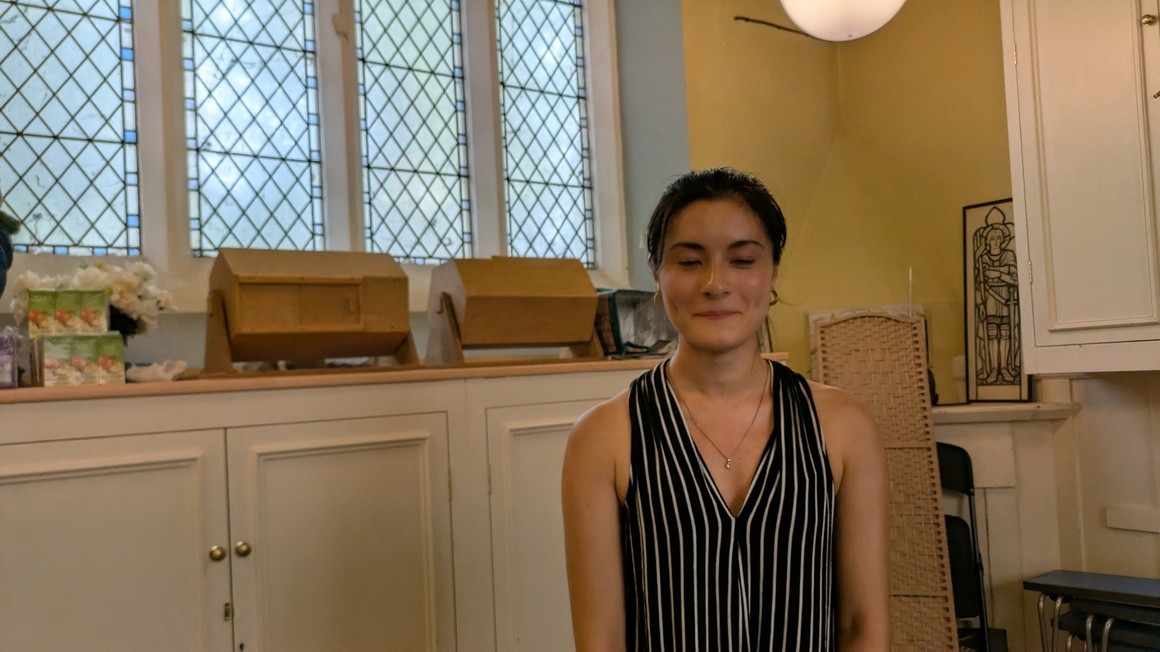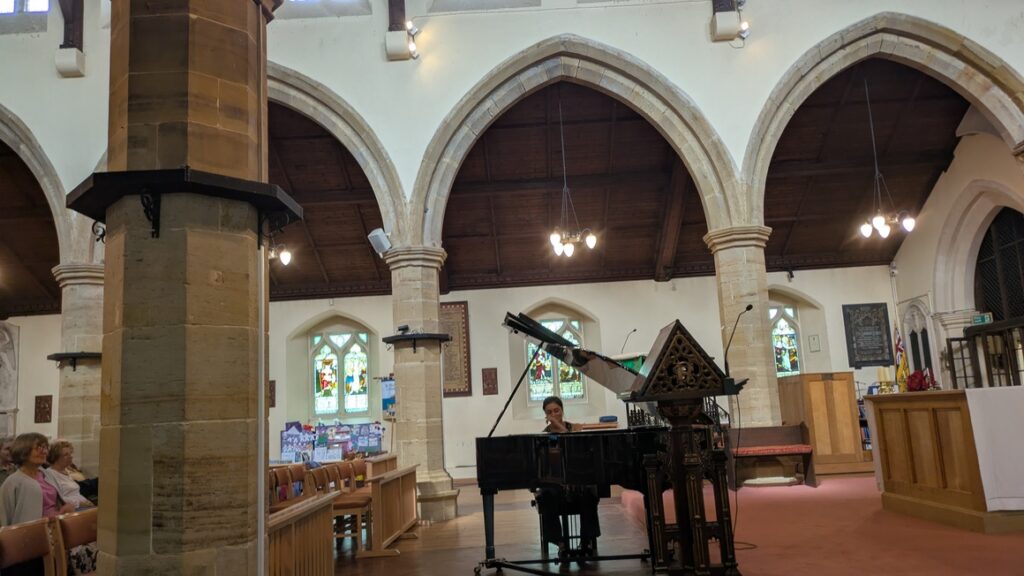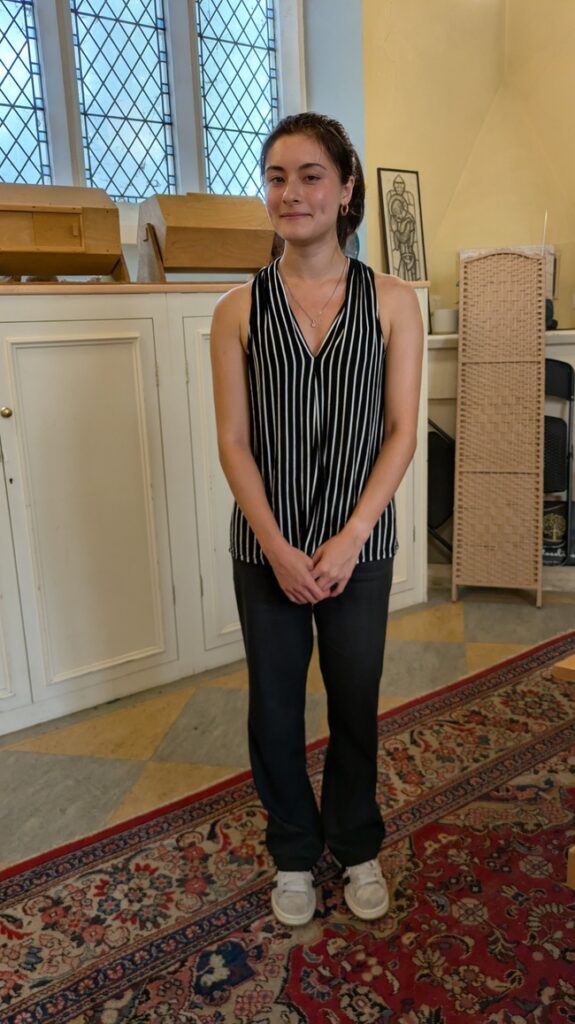Review by Simon Jenner, August 27 2025
★★★★★
Brighton-born Berniya Hamie is becoming well-known nationally. Award-winning at the Guildhall and with many subsequent prizes to her name, she presses a Beethoven warhorse with the increasingly popular though still underplayed (in this country) Shostakovich Preludes and Fugues Op 87 of 1951-52 written for Tatiana Nikolayeva. Shostakovich had been inspired by her Bach playing at a jury. This was his monumental response.
Hamie starts with No 18 in F minor with its dark and tragic overtones. F minor was traditionally the key of mourning and French/German Tombeaus or musical memorials to colleagues. Certainly three quarters of the way through the 24 Shostakovich takes dark stick of this fleet silvery pewter feel as the prelude gives in to the fugue.
Hamie refuses to be grand about this music. She tears into it and in No 15 in D flat major she tears into the fugue bringing to light things about the way the Prelude is transformed and repeated obsessively, so that they’re identical. It’s highly unusual for the opening theme of the Prelude to remain untransformed in the Fugue. Hamie is explosive and unbridled. It’s thrilling.
As is Hamie’s Beethoven. His early-mid period Op 53 ‘Waldstein’ Piano Sonata of 1804 might be in the vanilla key of C major but there’s nothing remotely vanilla about its ambition or Jamie’s rendition. She manages detail in the overall sweep of the first movement marked Allegro con brio with it’s clamorous arrival.
Hamie also fines down the sonics to realise a tranquil slow movement prefaced with an Introduction then Adagio molto which is a slightly aerated Adagio though still pretty adagio. It’s the still point if this reading and Hamie details it with wonder tranquility and a limpid translucence.
Slowly the Rondo: Allegretto Moderato – Prestissimo gathers from what seems the sleeping the preceding Adagio through to a rippling confidence then commanding force as striking chords begin to swagger through. Till they’re again halted in an eddy though this seems a pause, since there’s no real loss of impetus even though tempi relax just for a moment. There’s now a regality and calm in this procession.
Hamie negotiates this with total focus and conviction. Her command is sovereign, quite complete in fact. Hamie’s tonal palette is rich beyond her years and her realisation of some of Beethoven’s writing is pellucid in a way I’ve not heard before. Yet there’s nothing overly calm about her striking the finale’s chords with a notably clean attack and rhythm. Again Hamie’s prestissimo homecoming is breathtaking.




